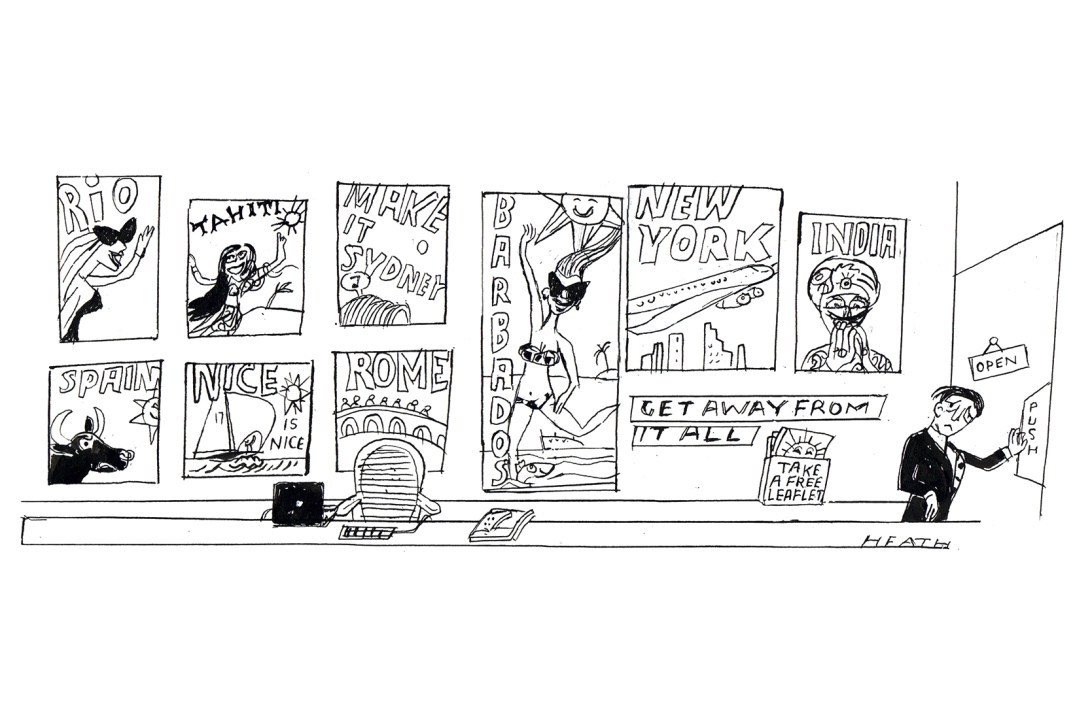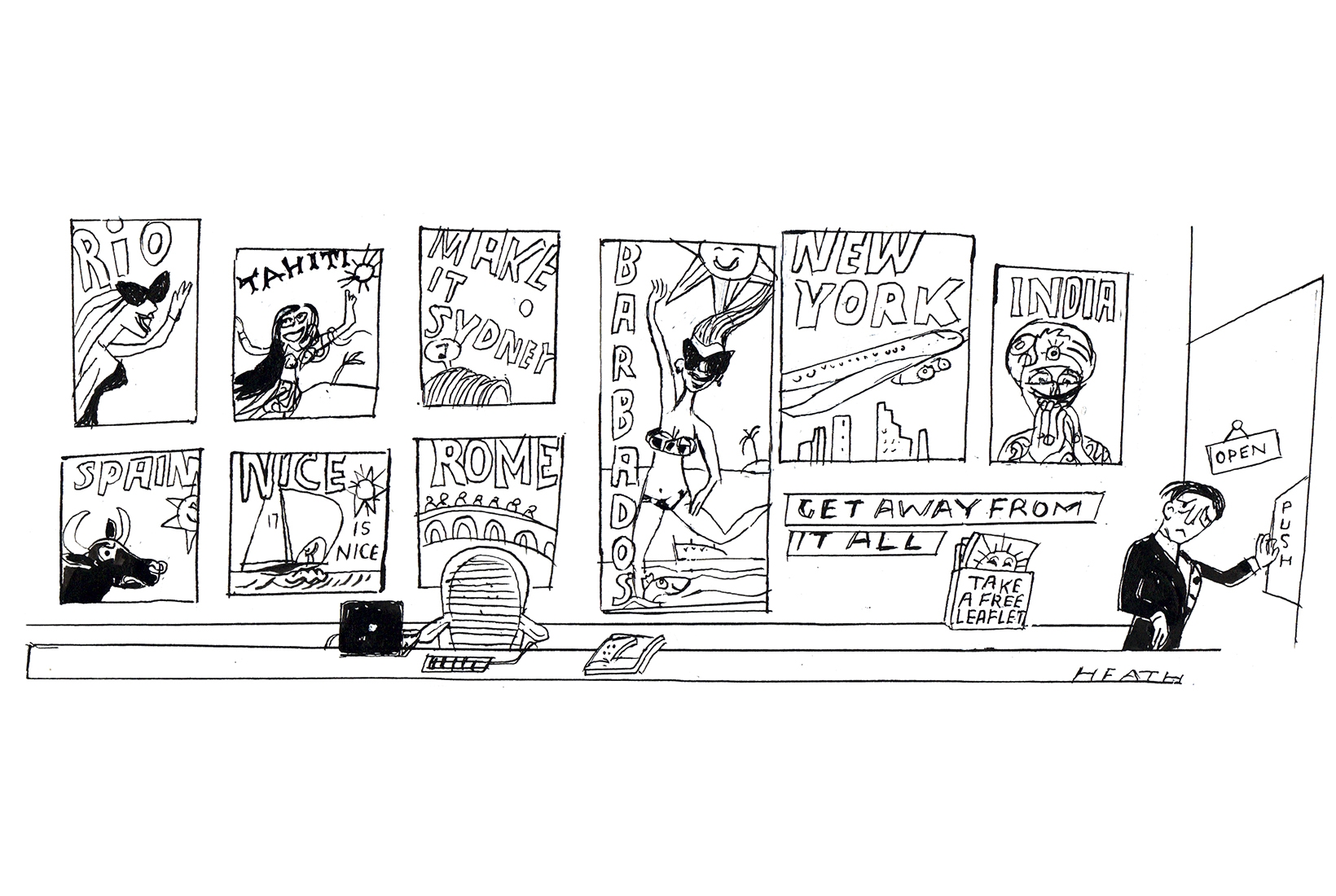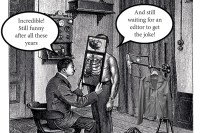Home
Boris Johnson, the Prime Minister, contracted the coronavirus disease Covid-19, as did Matt Hancock, the Health Secretary. The Prince of Wales had earlier been tested in Scotland and isolated himself with the disease for a week. Chris Whitty, the government’s chief medical adviser, also isolated himself after suffering symptoms, as did Dominic Cummings, the Prime Minister’s chief strategist. By Sunday 29 March, 1,228 people in the United Kingdom had died of the disease, compared with a total of 281 a week before. Two days later the total was 1,789. Two more temporary hospitals, in Birmingham and Manchester, in addition to the Nightingale Hospital in the London docks, were being built. Restrictions might last six months. ‘We will not hesitate to go further if that is what the scientific and medical advice tells us we must do,’ the Prime Minister said menacingly in a letter to 30 million households. Testing went on slowly. The first case was found in Orkney. A postman in West Boldon, Co Durham, dressed as an ancient Greek soldier for his round, with a hobby-horse head on his mail-trolley.
More than 750,000 people responded to an appeal for volunteers to help the NHS and to deliver food and medicine to 1.5 million vulnerable people who had been told to stay at home. The NHS began to test staff to see if they had the disease, with a drive-through facility at the Chessington World of Adventures zoo and theme-park. Ocado, the online shopping delivery service, bought 100,000 testing kits for its employees. Some police tried to stop the sale of Easter eggs. Derbyshire police posted footage taken by a drone in criticism of a couple going for a walk in the empty Peak District. The government then issued guidance on exercise telling people to ‘use open spaces near to your home where possible’. The government asked councils to house all rough sleepers.
Rishi Sunak, the Chancellor of the Exchequer, took measures to give the self-employed up to 80 per cent of their profits, as long as they averaged under £50,000 a year. The restaurant chain Carluccio’s went into administration. EasyJet grounded its entire fleet. The government began to charter planes to bring tens of thousands of stranded Britons home. Talks between Britain and the EU on a post-Brexit trade deal were to go ahead this week, despite the chief negotiator on each side, David Frost and Michel Barnier, self-isolating with coronavirus. Regulations imposed on Northern Ireland legalised abortion, up to the time of birth in the case of ‘severe fetal impairment’. Coronavirus had not reached Ambridge, where the Bull remained open and the disease ignored.
Abroad
By Sunday 29 March, 30,982 people had died of coronavirus worldwide: Italy had seen 10,023 deaths (4,825 a week earlier); Spain 6,528 (1,381); the United States 2,231 (301); China 3,300 (3,261). Two days later the total of deaths worldwide was 37,773, and Italy’s 12,428. In China, people were allowed into Wuhan, but still not allowed to leave. Holland recalled 600,000 protective masks, imported from China and distributed to hospitals, as not meeting standards. Spain returned to China 58,000 test kits as unreliable. Dozens among the 4,000 crew aboard the US carrier Theodore Roosevelt developed the disease. A 101-year-old man in Italy, shown by a test to have the disease, recovered after spending time in hospital.
The United States House of Representatives finally passed a $2,000 billion fiscal stimulus bill; one of its provisions was to send a cheque for $1,200 to most adult Americans. Narendra Modi, the Prime Minister of India, asked ‘forgiveness’ for imposing a lockdown on 1.3 billion people. Tens of thousands of migrant labourers formed huge crowds as they tried to catch buses or began to walk great distances to their native villages.
Benny Gantz, the main opposition leader in Israel, was elected by MPs as Speaker of the Knesset after offering to form an ‘emergency’ unity government. Nazanin Zaghari-Ratcliffe’s temporary leave from prison in Tehran was extended by two weeks. Somalia temporarily banned the stimulant leaf khat with the suspension of international flights to the capital. In the New Zealand city of Christchurch, Brenton Tarrant, a 29-year-old Australian, pleaded guilty to 51 charges of murder arising from two attacks on mosques in Christchurch a year ago. America formally charged President Nicolás Maduro of Venezuela with ‘narco-terrorism’, offering a $15 million reward for his arrest. CSH







Comments